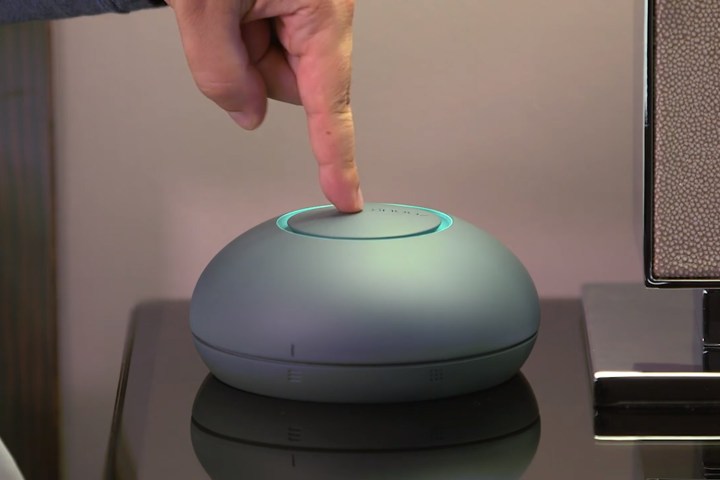
“Designed with airflow simulations run on supercomputers, Snooz uses a proprietary fan to generate live, natural white noise that is adjustable and doesn’t disturb the surrounding air,” explains the campaign page on Kickstarter. “No looping tracks or low-quality speakers. Just the soothing sound of moving air.”
The inventors behind Snooz point to a 2008 Consumer Reports analysis which said 70 percent of the 2,021 people surveyed found a sound machine helped them get to sleep more easily (that figure is just below prescription medication and way above over-the-counter drugs).
As the Snooz team explains, white noise reduces the gap between your body’s baseline sound and containment noise. In other words, quiet sounds can’t be heard and loud sounds aren’t so jarring. It “literally smooths the bumps in the night” and you can adjust the speed and volume of the proprietary fan inside the enclosure very easily. It’s 98 percent more energy efficient than a box fan too.
There’s the obligatory smartphone app to operate your Snooz from a distance and it’s small and portable enough to take on vacation and to a hotel room. If you want to get your name down for a Snooz — with worldwide delivery scheduled for March 2016 — there’s an early bird price of $49 with the regular Kickstarter price a little extra at $59.


